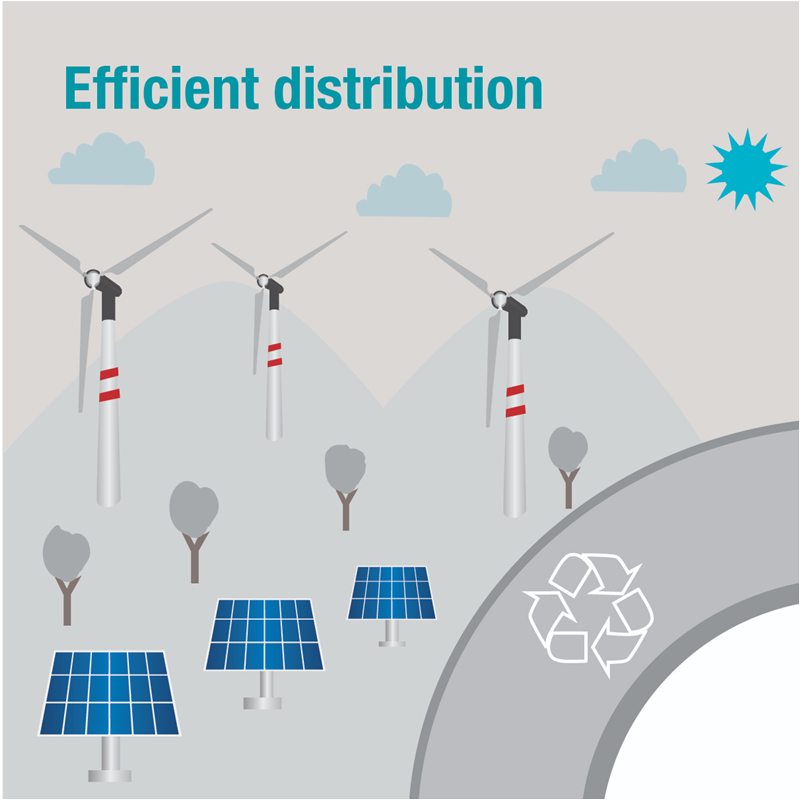SLYY148B january 2019 – april 2023
Distributed energy resources as an integral part of the grid

Traditionally, the power grid has been a “one-way street,” with power flowing from utility-owned centralized generation, transmission and distribution lines toward consumers. As solar and wind energy start to make up a greater share of the electric grid, dynamic management will become more prevalent. Utilities have come to view the electric grid as more of an interconnected web, with a small but growing number of consumers generating electricity with small-scale, distributed systems. In other words, homes and vehicles may alternate between acting as energy consumption and generation units.
Solar and wind energy have zero carbon emissions, and unlike fossil fuels, are not affected by price volatility. More and more regions (especially those with abundant sunlight or wind and a high cost of electricity) have reached grid parity – the point at which renewable energy is equal to or cheaper than the cost of fossil fuel.
Solar microinverters are an integral segment of the solar power industry. Texas Instruments (TI) has a comprehensive selection of isolated and non-isolated gate drivers, digital isolators, Ethernet and RS-485 transceivers, current-sensing and voltage monitoring devices, and microcontrollers (MCUs) that can handle digital control loops targeted at all sizes of inverters, both grid-tied and off-grid, to maximize system efficiency and extend product life spans. All of these products must operate in the harshest environments, especially in extreme temperatures.